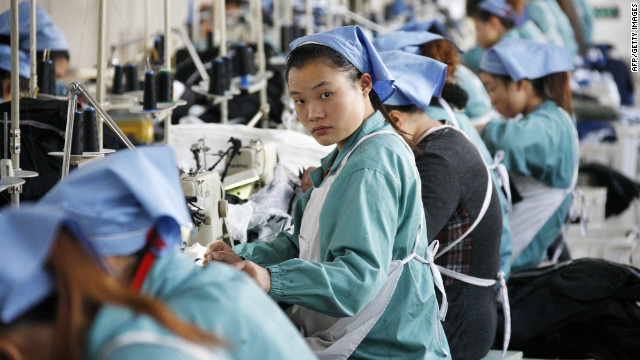|
MULTAN (September 28 2009): Pakistan Central Cotton Committee (PCCC), a Chinese firm Biocentury and Guard Group of Companies (Agriculture wing) are going to sign a memorandum of understanding (MoU) in cotton-rich Multan to jointly develop Bt cotton varieties on September 29. The public private partnership initiative can potentially result into development of Bt cotton varieties also having resistance against CLCV that is expected not only to give a bumper cotton crop but also maintain a sustainable pattern of national cotton production. Director Central Cotton Research Institute (CCRI) Multan Muhammad Arshad told APP that vice president PCCC Dr Zahoor Ahmad Baloch, Chief Executive Guard Agriculture Research and Development (Pvt) Limited, Shehzad Ali Malik and Chinese company official will sign the MoU in a ceremony at the CCRI Multan. Agriculture Development Commissioner Dr Qadir Bux Baloch will also attend the ceremony. Shehzad Ali Malik termed the public private partnership initiative as a landmark achievement and hoped it will serve as a launching pad to proceed ahead with research aimed at developing Bt varieties having resistance against Cotton Leaf Curl Virus (CLCV), the biggest threat country's silver fibre faces today. Under the MoU, Biocentury will provide the Bt gene that will be infused into the cotton varieties developed by research institutions working under PCCC including CCRI Multan, CCRI Sakrand, and research stations in Bahawalpur, Sahiwal, Mirpur and Ghotki. Guard will market the Bt cotton and will give 2 percent of the total sale to PCCC. And, in case of hybrid Bt cotton varieties, PCCC will get one percent, if one of its varieties would be used in hybridisation process, Arshad said. Guard and Biocentury are already working together on developing Bt varieties at a research farm in Basti Lar in Multan. It is a pleasant coincidence that the MoU is going to be signed just weeks after Guard and its Chinese partners found two Bt cotton lines (germ plasm or unapproved varieties) which are surviving successfully at Guard research farm side by side the nearby cotton crop that has been devastated by CLCV, says Shehzad. It means the two unapproved Chinese varieties or germ plasm have resistance against CLCV. We have found the base and a direction to move forward with research and develop varieties that have in-built resistance against Bollworm and CLCV, Shehzad added. It is also heartening to note that the MoU has brought two research bodies together which were already working on developing CLCV resistant varieties including CCRI Multan and Guard plus Biocentury. Multan CCRI director Muhammad Arshad said that they have found resistance against CLCV in Desi and wild cotton and are expected to develop a CLCV resistant variety within two years. It may be noted that CLCV infestation has been recorded at around 80 percent in Punjab and experts believe it may cause reduction in country's production assessment from initial 13 million bales to 11.5 to 12 million bales. CCRI Multan director, when asked, said, country can achieve 18-19 million cotton bales production if it gets varieties that have Bt gene to guard the crop against Bollworm and is also CLCV resistant.
|
|
PCCC,Guard,Biocentury to ink MoU on Bt cotton
Updated: 2009-9-28 Source: Business Recorder

Recommended News
Photo Gallery
Most Popular



